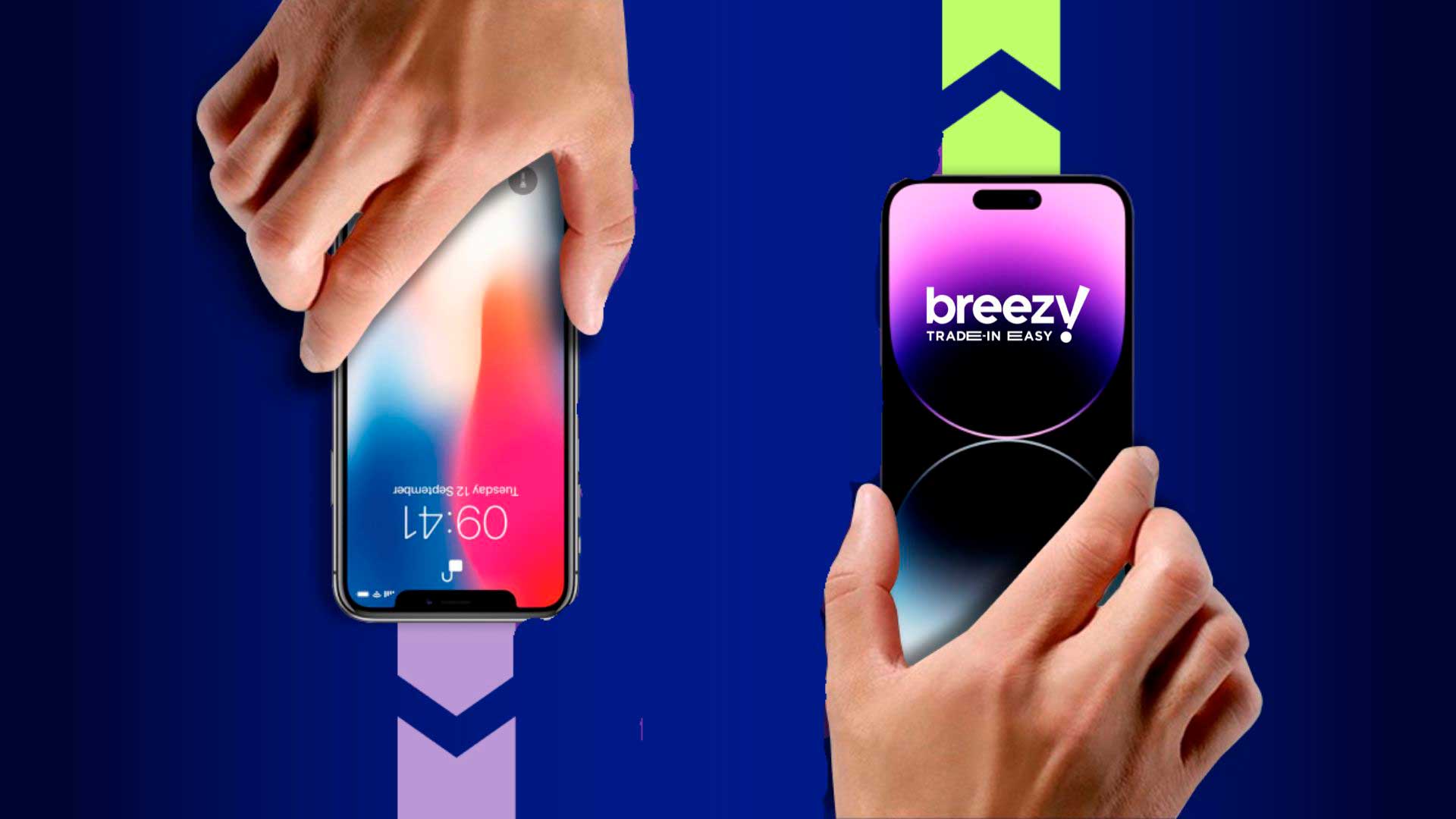Adapting to a Tight Market:
Today, the retail environment is more competitive than ever, and the markets only seem fiercer as time passes. For businesses, this means leveraging any and all effective strategies to find and keep customers. One such method that's gaining much traction nowadays is trade-in programs. Amidst today's tightening market conditions, such schemes have proven valuable…

Today, the retail environment is more competitive than ever, and the markets only seem fiercer as time passes. For businesses, this means leveraging any and all effective strategies to find and keep customers. One such method that's gaining much traction nowadays is trade-in programs.
Amidst today's tightening market conditions, such schemes have proven valuable tools for brands and consumers. It creates a win-win situation for both parties, increasing brand loyalty and heightened customer satisfaction.
In this article, we'll explore how trade-in programs open up significant growth opportunities for retailers. So, without further ado, let's get into it.
Why Trade-In Offers are Gaining Popularity
Trade-in programs are especially popular in industries where rapid innovation occurs, such that customers periodically look to upgrade. The idea's appeal is simple: it allows buyers to turn in their older items in exchange for credit and/or discounts for making a new purchase with the same brand. This has become common practice in industries like tech, electronics, cars, etc.
Customers get to have something in return for the products they will no longer need, while companies gain even more customers who may have otherwise been hesitant to pay the full price due to budget limitations. On top of all that, it's also great for the environment since it reduces waste and enables productive recycling.
Andrii Kosar, CEO of Breezy, highlights the value of this strategy: "At Breezy, we've observed that the tougher the market conditions are, the more popular trade-in programs become, as they are a real win-win for all participants. For retailers, trade-in helps create a more attractive offer by factoring in the value of the old device while preserving the Recommended Retail Price (RRP)."
This approach enables premium brands to reduce buyers' costs without resorting to direct discounts, thus maintaining brand integrity.
The Financial and Psychological Appeal
Trade-ins also make a lot of sense from a financial perspective. It eases the process of reaching a purchase decision for customers as they get immediate value in return, offsetting the cost of the new upgrade. It feels like a smarter decision and allows customers to fulfill the psychological urge to upgrade without as much guilt of overspending.
On the other hand, retailers also greatly benefit from these programs. They can drive key metrics in their favor, such as increased cross-sales and higher transaction values. As Andrii Kosar notes, "Our data shows that this approach can increase the average transaction value of the main product by up to 30% and boost cross-sales by up to 25%."
Environmental Impact and Brand Reputation
Consumers are becoming increasingly conscious of their lifestyles' impact on the planet. The trend of buyers making sustainable choices is higher than ever, and it's only projected to rise shortly. Real-world solutions to reduce e-waste are a genuine need of the hour, and trade-in programs help fulfill that need, too.
Allowing customers to repurpose devices that they no longer use and integrating trade-in programs can help you achieve a much more eco-friendly business model.
Not only will this help save the planet, but it might also save your business as many customers naturally gravitate toward brands that position themselves as environmentally responsible, and losing customers to competitors based on that is the last thing a business needs.
Overcoming Challenges in a Tight Market
In many industries that experience rapid growth, markets are generally saturated. In such a business environment, traditional offers and discounts may not be enough to boost sales figures or increase customer loyalty.
However, trade-in programs offer a strategic way to give buyers a better deal without lowering the price. It's precious for business models where it's critical to maintain a premium brand image by maintaining their product value and prestige and not offering huge discounts.
Analyzing statistics about what products are frequently traded in can tell manufacturers a lot about the practical lifespan of their products. Based on this, they can make calculated inventory decisions in the future. Moreover, they can develop tailored marketing strategies and customized offers for their buyers based on their personal purchase history with the brand.
For instance, sweetening a buy-back offer for customers with store credit and discounts and a free subscription to a tailored digital service like a free VPN for iPhone. This way, brands can provide a thoughtful and comprehensive experience to their customers which not only boosts sales, but also strengthens customer loyalty which keeps paying off in the long run.
How to Implement an Effective Trade-In Program
Having gone through all the whys of having a solid trade-in program for your customers, let's briefly look at the how.
Here are a few key elements that retailers should focus on:
Clear Communication: Designing an effective trade-in program is useless if you fail to convey it to your customers properly. They should know exactly how the program works and what value they expect to receive in return for their trade-in. Any tools will work here: in-store banners, information in the cash register area, on the display case with the goods, online information – all means are good. Here is one of multiple examples our partners did it.
Seamless Experience: The smoother the process, the more people want to engage. Whether you do it online or through one of your brick-and-mortar stores, aim to make the experience hassle-free. The most convenient way is to use a ready-made solution from Breezy in the Trade-in as a service format. Read here how it works.
Incentive Structure: Incentives should be appealing and provided immediately after the trade-in. Whether discount vouchers or in-store credit, the quicker and better the reward, the happier the customers.
Sustainability Messaging: Make sure that people also understand the sustainability benefits of your customers' choice to trade products in. It adds to the 'feel good' emotion that people will feel as a result of the transaction. It can also help differentiate your brand as an environmentally responsible one, helping you stand out in today's crowded marketplace.
As the retail industry faces increasingly challenging market conditions, trade-in programs have emerged as a valuable strategy for driving growth. Andrii Kosar emphasizes, "It allows customers to demonstrate responsible behavior by repurposing their old devices while significantly saving on purchasing a new one." By leveraging trade-in offers, retailers can create a win-win scenario that fosters customer loyalty and drives long-term growth while saving the planet!



 International
International  Ukraine
Ukraine  Poland
Poland  Georgia
Georgia  Kazakhstan
Kazakhstan  Cyprus
Cyprus  Azerbaijan
Azerbaijan  Moldova
Moldova